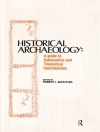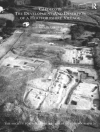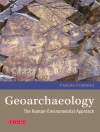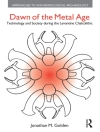These ten papers from two Theoretical Roman Archaeology Conference (2007) sessions bring together a growing body of new archaeological evidence in an attempt to reconsider the way in which the Roman army was provisioned. Clearly, the adequate supply of food was essential to the success of the Roman military. But what was the nature of those supply networks? Did the army rely on imperial supply lines from the continent, as certainly appears to be the case for some commodities, or were provisions requisitioned from local agricultural communities? If the latter was the case, was unsustainable pressure placed on such resources and how did local communities respond? Alternatively, did the early stages of conquest include not only the development of a military infrastructure, but also an effective supply-chain network based on contracts? Beyond the initial stages of conquest, how were provisioning arrangements maintained in the longer term, did supply chains remain static or did they change over time and, if so, what precipitated those changes? Addressing such questions is critical if we are to understand the nature of Roman conquest and the extent of interaction between indigenous communities and the Roman army. Case studies come from Roman Britain (Alchester, Cheshire, Dorset), France, the Netherlands and the Rhine Delta, looking at evidence from animal products, military settlements, the size of cattle, horses, pottery and salt. The editors also provide a review of current research and suggest a future agenda for economic and environmental research.
Thomas Richard Thomas
Feeding the Roman Army [EPUB ebook]
The Archaeology of Production and Supply in NW Europe
Feeding the Roman Army [EPUB ebook]
The Archaeology of Production and Supply in NW Europe
购买此电子书可免费获赠一本!
语言 英语 ● 格式 EPUB ● 网页 169 ● ISBN 9781782975267 ● 编辑 Stallibrass Sue Stallibrass ● 出版者 Oxbow Books ● 发布时间 2008 ● 下载 6 时 ● 货币 EUR ● ID 3197766 ● 复制保护 Adobe DRM
需要具备DRM功能的电子书阅读器












